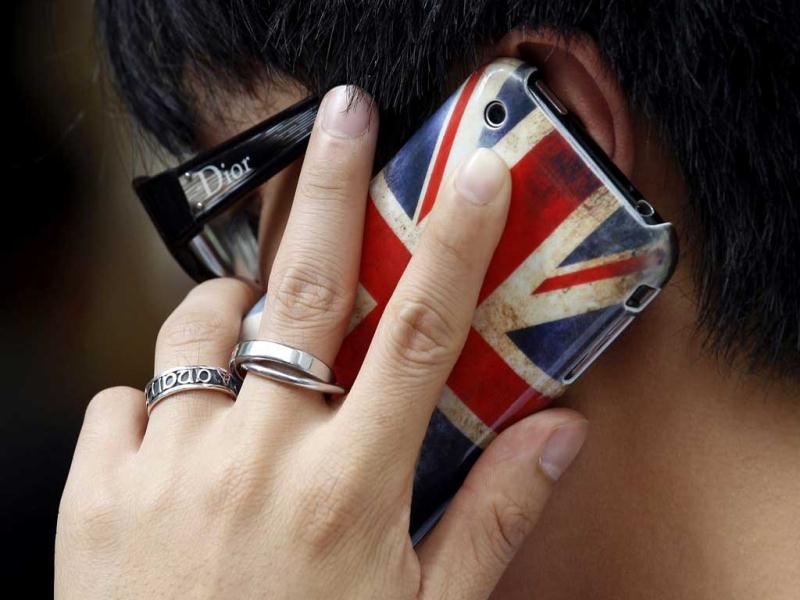New device powers gadgets through walking
British scientists have built a novel device that converts body movement into electricity capable of powering small gadgets such as GPS trackers.

British scientists have built a novel device that converts body movement into electricity capable of powering small gadgets such as GPS trackers.
The device, unveiled this week in the July issue of the journal Smart Materials and Structures, is designed to be worn on the knee and harnesses the energy produced by walking.
The journal said it could be used by the military to reduce the number of heavy batteries -- each weighing up to 10 kg (20 lb) -- that soldiers carry on foot patrol.
It was created by researchers at the Universities of Cranfield, Liverpool and Salford, originally with funding from the UK Ministry of Defence. The researchers estimate it could retail for 10 pounds if produced on an industrial scale.
The 'energy harvester' is based on so-called piezoelectric materials that have long been used in sonar sensors and ultrasound scanners and have become the focus of energy generation research in recent years.
Scientists at Princeton University and the California Institute of Technology used a similar technology two years ago to develop electricity-generating rubber sheets.
The novelty of the British device is the way it uses the body's movements to generate power.
An outer ring that rotates as the knee joint moves is fitted with 72 plectra that in turn move four energy-generating arms called bimorphs attached to an inner hub. The vibration generates the electricity.
Michele Pozzi, who led the development project, said researchers were looking at ways to make the device cheaper and more portable.
'There is an on-going project looking at manufacturing a more compact and truly wearable harvester,' the journal's website quoted Pozzi as saying. 'At the moment we are using precise but cost-effective manufacturing techniques for the plectra and casing and anticipate that remaining parts will be moulded industrially, slashing the cost.'
At the moment, the piece can harvest about two milliwatts of power but the researchers believe this could exceed 30 milliwatts with a few enhancements, enough for the latest GPS tracking devices.
The gadget could also have uses in medical monitoring devices, he said.
Catch all the Latest Tech News, Mobile News, Laptop News, Gaming news, Wearables News , How To News, also keep up with us on Whatsapp channel,Twitter, Facebook, Google News, and Instagram. For our latest videos, subscribe to our YouTube channel.


























